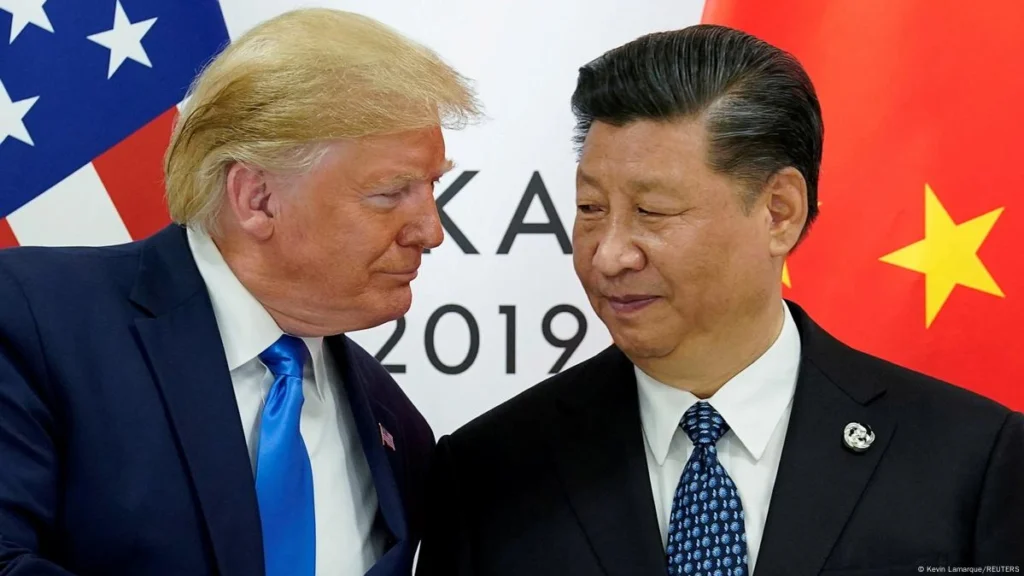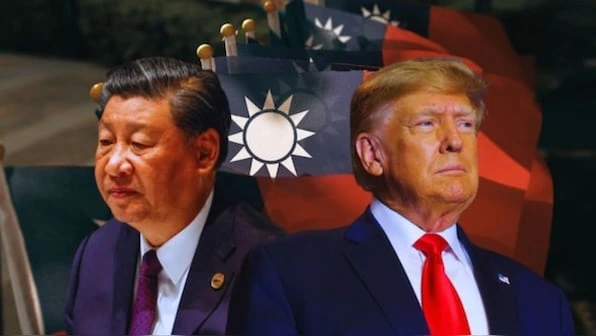With a crucial deadline approaching on August 12, US and Chinese negotiators meet in Stockholm to extend their fragile trade truce and avoid new tariffs.
Table of Contents
Clock Is Ticking for a US–China Trade Deal. Negotiators Are Meeting to Buy More Time
Dateline: Stockholm / Hong Kong, July 28, 2025
With an August 12 deadline fast approaching, senior officials from the United States and China are convening in Stockholm to negotiate an extension of a temporary trade truce. The goal: prevent the return of triple‑digit tariffs and maintain fragile stability in global supply chains.
🕒 Why This Matters Now
- Deadline looming: The current 90‑day tariff truce, agreed during talks in Geneva (May) and London (June), expires on August 12, 2025, risking the re‑imposition of tariffs up to 145%.
- High stakes: Global businesses, especially in manufacturing and tech, could face severe disruption if negotiations collapse.
👉 Who’s at the Table—and What’s on the Agenda
- Delegation leads: U.S. Treasury Secretary Scott Bessent and Chinese Vice Premier He Lifeng are heading the talks, running into July 29.
- Negotiation priorities:
- Extend the tariff truce for another 90 days, holding off escalation.
- Tariff reduction: China seeks removal of loaded tariffs, including the 20% fentanyl‑related duties.
- Export control adjustments: Discussions may involve eased U.S. curbs on tech exports (e.g. Nvidia chips) and China’s rare earth leverage.
- Sanctions dialogue: Beijing’s purchases of oil from Russia and Iran, along with TikTok’s U.S. divestiture, are among additional agenda items.
💬 What Leaders Are Saying
- Treasury Secretary Bessent remains optimistic:
“Trade is in a very good place with China,” positioning the Stockholm round as constructive groundwork. - President Trump echoed cautious optimism:
“We’re very close to a deal with China. We really sort of made a deal…but we’ll see how that goes.” - Trade analysts expect the talks to deliver extension—not resolution. A Trump–Xi summit is tentatively expected in late October or November 2025 if momentum continues.

📈 Market and Supply‑Chain Implications
- Equity markets reacted positively: Investor sentiment lifted by hopes of a tariff truce extension has pushed indices like the S&P 500 to fresh highs.
- Oil prices nudged up slightly, benefiting from hopes of reduced geopolitical risk—though gains are muted by supply increases from OPEC+.
⚠️ Why the Truce Remains Fragile
- Underlying issues remain unresolved: Structural debates around China’s state‑led export model, U.S. tech security measures, and rare‑earth export policies threaten future conflict.
- Leverage at play: China continues to wield influence via rare earth controls and supply chain dominance, while the U.S. responds with potential secondary tariffs.
✅ TL;DR
- Negotiations in Stockholm aim to extend current U.S.–China tariff truce before it expires on August 12, 2025.
- A 90‑day extension is the most likely outcome—no major breakthroughs expected.
- Talks cover tariff rollbacks, tech export controls, rare earth diplomacy, and discussions around Russian/Iranian oil and TikTok’s U.S. spinoff.
- Markets are cautiously optimistic, but structural tensions remain unresolved.
✅ Frequently Asked Questions (FAQs)
1. What is the current status of the US–China trade deal negotiations?
As of late July 2025, US and Chinese officials are meeting in Stockholm to negotiate an extension of the current 90-day trade truce, which is set to expire on August 12. Talks are ongoing with optimism from both sides.
2. Why is the August 12 deadline important for US–China trade?
The August 12 deadline marks the end of a temporary truce that paused high tariffs. Without a new agreement, triple-digit tariffs could return, impacting global markets and supply chains.
3. What are the main issues being discussed in the Stockholm trade talks?
Key issues include tariff rollbacks, export control adjustments, sanctioned oil imports, and the TikTok US spinoff approval. Both nations are also addressing broader trade cooperation.
4. How could this trade deal affect the global economy?
A successful deal could ease pressure on global markets, especially in sectors like tech, manufacturing, and energy. Failure to reach a deal may trigger new tariffs and geopolitical tension.
5. Is a long-term US–China trade deal likely in 2025?
Experts believe another short-term extension is most likely in the near term. A more permanent resolution may require a Trump–Xi summit expected later in 2025.

